Brakes are the unsung heroes of every journey, quietly ensuring our safety with every stop and slowdown. Yet, like any essential system, they can develop issues that range from the mildly annoying to the downright dangerous. Understanding common brake problems—and knowing how to address them—can save you from unexpected repairs and keep your drives smooth and secure. In this article, we’ll explore the typical brake troubles drivers face and offer practical solutions to help you maintain confidence behind the wheel.
Table of Contents
- Understanding the Warning Signs of Brake Trouble
- Decoding Brake Noise and What It Means for Your Safety
- The Impact of Worn Brake Pads and How to Replace Them
- How to Address Brake Fluid Leaks and Maintain System Integrity
- Troubleshooting Brake Vibration and Steering Pull Issues
- Essential Tips for Preventive Brake Maintenance and Longevity
- Q&A
- In Summary

Understanding the Warning Signs of Brake Trouble
Brake issues rarely announce themselves loudly, but certain subtle signs can signal trouble before it escalates. Pay close attention to unusual sounds such as a persistent squealing or grinding noise when you apply the brakes—these often indicate worn brake pads or damaged rotors. Another warning is a spongy or soft brake pedal, which can suggest air in the brake lines or low brake fluid levels. Additionally, if your vehicle pulls to one side during braking, uneven brake pad wear or a stuck caliper might be the culprits.
- Increased stopping distance: If your car takes longer to stop, this could reflect brake fluid leaks or worn components.
- Vibrations or pulsations: Shaking while braking often points to warped rotors.
- Dashboard warning lights: Don’t ignore the brake system warning indicator that lights up unexpectedly.
| Warning Sign | Possible Cause | Recommended Action |
|---|---|---|
| Squealing Noise | Worn Brake Pads | Replace Pads Immediately |
| Soft Brake Pedal | Air in Brake Lines | Bleed Brake System |
| Car Pulls Sideways | Stuck Caliper | Inspect & Repair Caliper |
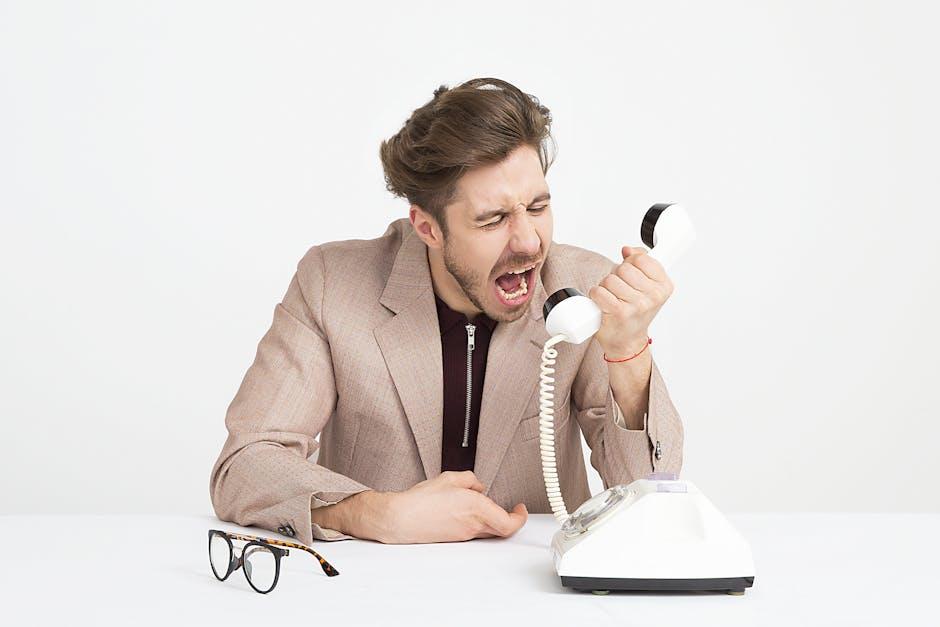
Decoding Brake Noise and What It Means for Your Safety
When your brakes start to make unexpected noises, it’s your vehicle’s way of communicating potential issues that shouldn’t be ignored. Common sounds like squealing, grinding, or clicking often signal different problems ranging from worn brake pads to rotor damage. Recognizing these noises early can prevent costly repairs and ensure your safety on the road. For example, a high-pitched squeal typically means the brake pads’ wear indicators are exposed, urging a replacement. Meanwhile, a grinding noise may indicate metal-on-metal contact, which is not only dangerous but can severely damage your brake system.
Here’s a quick reference to decode what those annoying sounds might mean:
- Squealing: Worn brake pads or dust buildup
- Grinding: Rotor and pad damage, urgent repair needed
- Clicking: Loose or damaged brake components
- Thumping: Unevenly worn rotors or caliper issues
| Noise Type | Cause | Recommended Action |
|---|---|---|
| Squealing | Wear indicators exposed | Replace brake pads |
| Grinding | Worn rotors | Inspect and resurface/replace rotors |
| Clicking | Loose parts | Tighten or replace components |
| Thumping | Warped rotors | Rotor resurfacing or replacement |
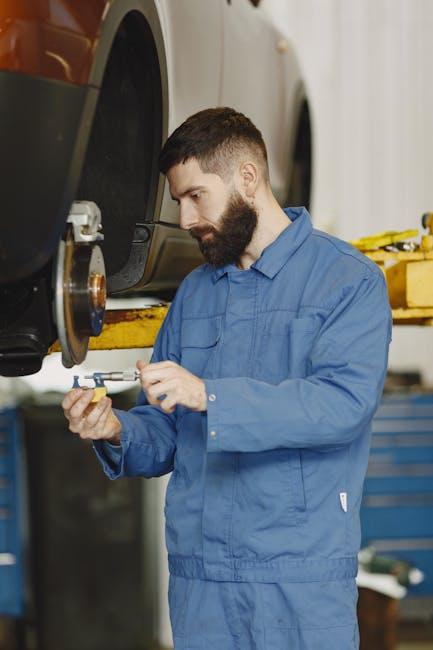
The Impact of Worn Brake Pads and How to Replace Them
Worn brake pads can drastically reduce your vehicle’s stopping power, leading to longer braking distances and a potential safety hazard on the road. Signs like a squealing noise, a vibrating brake pedal, or a grinding sound should never be ignored, as they often indicate that the brake pads have thinned to a critical level. Additionally, worn pads can cause uneven brake rotor wear, which may lead to costly repairs if not addressed promptly. Maintaining your brake pads not only ensures your safety but also contributes to overall vehicle longevity.
Replacing brake pads is a straightforward task that can save you time and money if done correctly. Here’s a quick guide to get you started:
- Gather your tools: jack, lug wrench, C-clamp, and new brake pads.
- Loosen the lug nuts, lift the car using the jack, and remove the wheels.
- Remove the caliper bolts carefully and suspend the caliper with a sturdy hook to avoid strain on the brake line.
- Extract the worn brake pads and use the C-clamp to compress the caliper piston before installing the new pads.
- Reassemble the components, tighten the bolts, and test the brakes gently before driving.
| Step | Estimated Time | Tools Needed |
|---|---|---|
| Remove Wheel & Caliper | 10-15 minutes | Jack, Lug Wrench, Socket Wrench |
| Replace Brake Pads | 5-10 minutes | New Brake Pads, C-Clamp |
| Reassembly & Testing | 10 minutes | Torque Wrench, Brake Fluid (optional) |
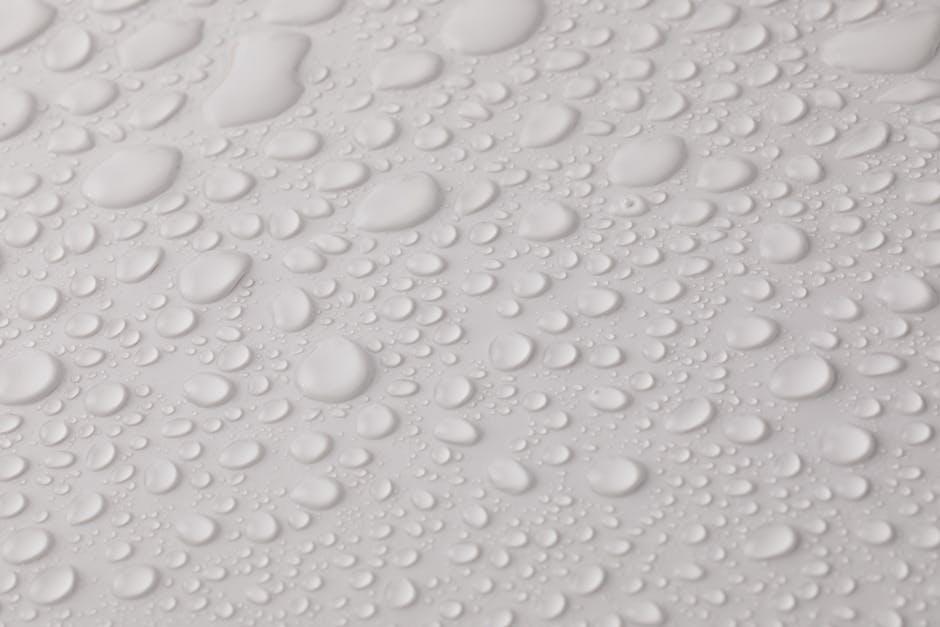
How to Address Brake Fluid Leaks and Maintain System Integrity
Brake fluid leaks are a silent threat to your vehicle’s stopping power and overall safety. To keep your brake system functioning flawlessly, start by inspecting the brake lines, hoses, and master cylinder for any signs of fluid seepage or damage. Pay special attention to the areas around the wheel cylinders and calipers, where leaks commonly occur. If you notice a drop in brake fluid levels or a spongy brake pedal, it’s crucial to act immediately. Use a clean cloth to wipe away any fluid and mark the spots for professional assessment or DIY repair.
Maintaining the integrity of your brake system requires more than just fixing leaks; it demands careful fluid management and routine checks. Follow these essential practices to extend the life of your braking components:
- Flush and replace brake fluid every 2 years or as recommended by your manufacturer to prevent moisture buildup.
- Inspect seals and fittings regularly to avoid wear-related leaks.
- Use the correct brake fluid type matching your vehicle’s specifications for optimal performance.
| Common Leak Source | Suggested Check Frequency | Immediate Action |
|---|---|---|
| Brake Hose | Every 6 months | Replace if cracks or bulges appear |
| Master Cylinder | Annually | Top off fluid and inspect for leaks |
| Caliper Seals | During brake pad changes | Lubricate and reseal if needed |
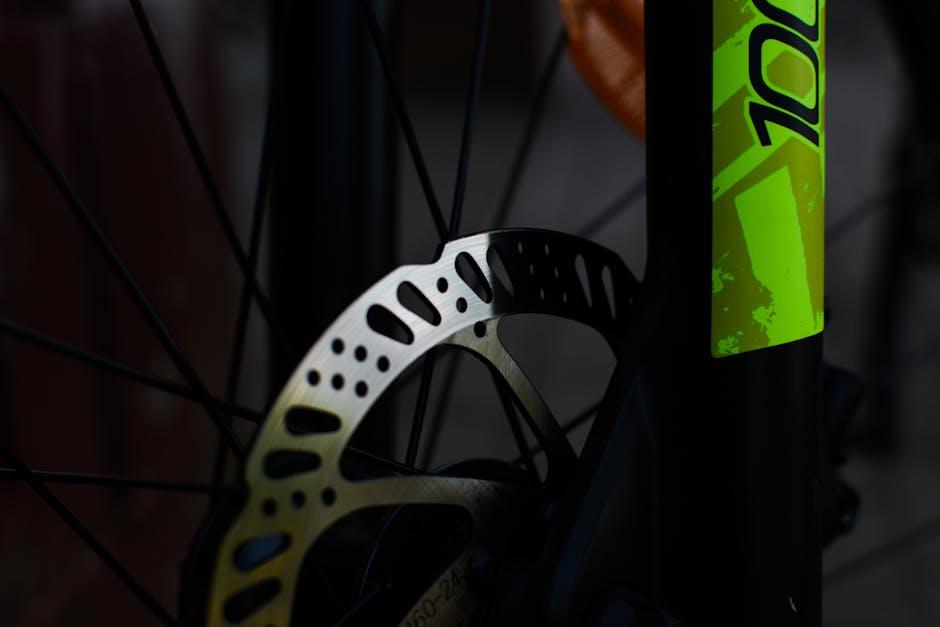
Troubleshooting Brake Vibration and Steering Pull Issues
Brake vibration and steering pull are two common signs that your vehicle’s brake system requires attention. Vibration often occurs when the brake rotors become warped due to excessive heat or uneven wear. This causes the brake pads to make inconsistent contact with the rotor surface, generating a shaking sensation through the brake pedal or steering wheel during braking. To address this, it’s essential to inspect the rotors for signs of warping or grooves. Resurfacing or replacing the rotors along with new brake pads usually restores smooth braking performance.
Steering pull, on the other hand, happens when one side of your braking system applies more force than the other, causing the vehicle to veer to one side when stopping. Common causes include uneven brake pad wear, caliper issues, or misaligned wheels. Regular maintenance such as brake pad replacement and caliper inspection can reduce this issue. Additionally, proper wheel alignment ensures balanced braking force and stable handling. Below is a quick reference table highlighting typical causes and solutions to help diagnose these problems:
| Symptom | Possible Cause | Recommended Fix |
|---|---|---|
| Brake Vibration | Warped rotors, uneven pad wear | Resurface or replace rotors, replace pads |
| Steering Pull | Caliper sticking, misaligned wheels | Service calipers, perform wheel alignment |
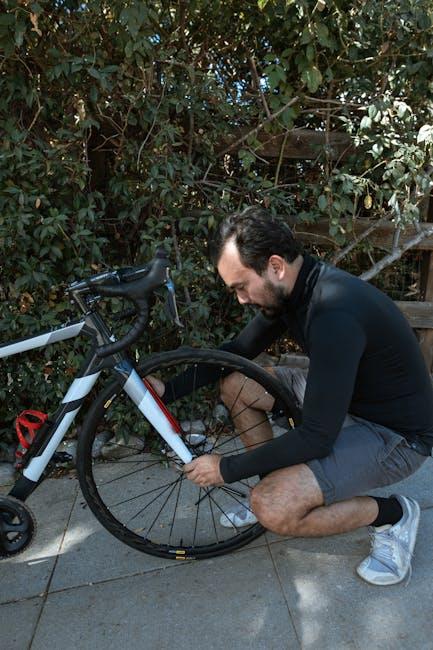
Essential Tips for Preventive Brake Maintenance and Longevity
Keeping your brakes in top condition not only ensures safety but also extends the lifespan of the brake system, saving you costly repairs. Regular inspections can help detect wear before it becomes a problem. Make it a habit to check brake pads and discs every 6,000 to 10,000 miles, especially if you frequently drive in stop-and-go traffic. Additionally, monitor brake fluid levels and replace the fluid every two years to prevent moisture buildup, which can lead to corrosion and reduced braking efficiency. Simple habits like avoiding harsh braking and downshifting instead of riding the brakes on steep descents can also minimize unnecessary wear.
The following checklist highlights preventive measures to incorporate into your routine car care:
- Visual inspection: Look for thinning brake pads or uneven wear on rotors.
- Listen carefully: Squealing or grinding noises often indicate the need for pad replacement.
- Check brake fluid: Ensure fluid is clear; dark or rusty fluid warrants a change.
- Maintain cleanliness: Clean wheels and braking components periodically to prevent dust and debris buildup.
- Test responsiveness: Pay attention to any sponginess or increased pedal travel during braking.
| Maintenance Tip | Recommended Frequency | Benefit |
|---|---|---|
| Brake pad inspection | Every 6,000 miles | Early wear detection |
| Brake fluid replacement | Every 2 years | Improved hydraulic function |
| Rotor cleaning | Monthly | Prevent dust buildup |
Q&A
Q&A: Common Brake Problems and How to Fix Them
Q1: Why do my brakes squeak every time I stop?
A1: That high-pitched squeal is often caused by worn brake pads or glazing on the pads and rotors. Sometimes, dust buildup or moisture can also trigger the noise. To fix it, inspect the brake pads and replace them if they’re thin. Cleaning the rotors and applying anti-squeal brake lubricant can also help hush the noise.
Q2: My brake pedal feels soft or spongy—what’s going on?
A2: A soft or spongy brake pedal usually points to air in the brake lines or low brake fluid levels. It can also indicate worn brake components or a fluid leak. The solution involves bleeding the brakes to remove air bubbles and topping off or replacing brake fluid. If leaking or damaged parts are found, those should be repaired or replaced promptly.
Q3: Why does my car pull to one side when braking?
A3: When your vehicle pulls to one side during braking, it may be due to uneven brake pad wear, sticking calipers, or issues with the brake lines. Sometimes, tire pressure imbalance or alignment problems amplify this effect. Fixing it involves inspecting and replacing worn pads, servicing or replacing calipers, and addressing any alignment or tire pressure issues.
Q4: What causes the brake pedal to go all the way to the floor?
A4: A brake pedal that sinks to the floor is a serious warning sign. It could be caused by a severe brake fluid leak, a failing master cylinder, or total loss of hydraulic pressure. Immediate inspection by a professional is crucial, and repairs may include fixing leaks, flushing the brake fluid, or replacing faulty parts.
Q5: My brakes feel sluggish and don’t respond quickly—why?
A5: Sluggish brakes may result from worn brake pads, contaminated brake fluid, or issues with the brake booster. Dirty or old brake fluid can reduce hydraulic efficiency, while a failing booster limits braking power. Flushing the brake fluid, replacing worn parts, and checking the brake booster usually restores responsiveness.
Q6: Can I fix brake problems myself, or should I see a mechanic?
A6: Basic brake maintenance, like replacing brake pads or topping off fluid, can be done by confident DIYers with the right tools. However, brake systems are critical for safety; if you notice leaks, unusual noises, or pedal issues, it’s wise to seek professional help. When in doubt, trust the experts to avoid risks.
Q7: How can I prevent common brake problems?
A7: Regular inspections, timely replacement of brake pads and fluid, and addressing unusual symptoms early are keys to brake health. Avoid aggressive driving habits that overheat brakes, and keep your brake system clean and well-maintained to ensure safe, smooth stops every time.
In Summary
Brakes are the unsung heroes of every journey—quietly working to keep us safe mile after mile. Understanding common brake problems and knowing how to address them not only prolongs the life of your vehicle but also ensures peace of mind on the road. Whether it’s a subtle squeak or a more urgent warning sign, paying attention and taking timely action can turn potential hazards into manageable repairs. So next time your brakes whisper—or shout—don’t ignore the message. With a little care and the right knowledge, you can keep your stopping power strong and your travels smooth. Safe driving!


2 Comments
lxvaev
lxvaev